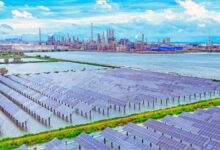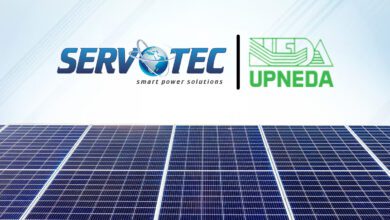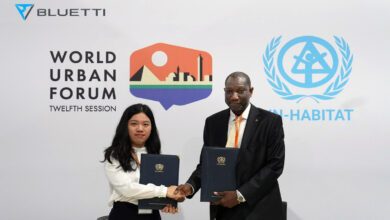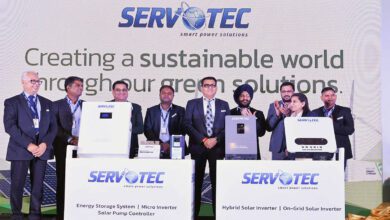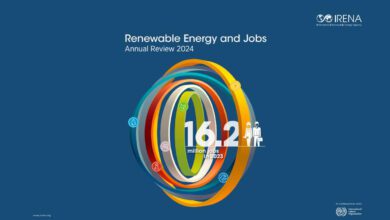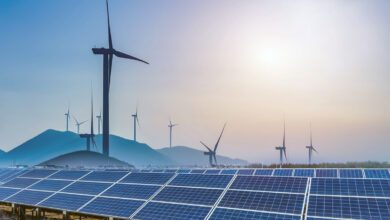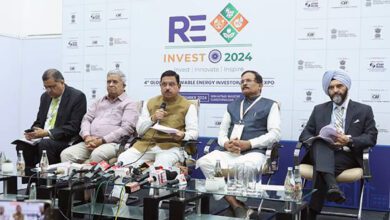Singapore-based Sembcorp is looking at acquisitions of solar and wind energy projects in India as it chases a strategic goal to shift its portfolio from brown to green by quadrupling renewable energy capacity. Sembcorp, which has invested about Singapore dollar 6.5 billion (about Rs 35,000 crore) in electricity-generating projects in India, is open to buying under-construction as well as completed solar and wind projects, its India head Vipul Tuli told.
While decarbonisation has picked up speed significantly, urbanization has fuelled the need for much more electricity.
“We have decided to move the portfolio from brown to green,” Sembcorp Energy India Ltd (SEIL) Managing Director Vipul Tuli said adding the firm was targeting 70% of profit from sustainable solutions portfolio in 2025, up from 40% in 2020.
The strategic plan calls for shifting its portfolio from brown to green that includes quadrupling renewable energy capacity to 10 GW by 2025 from 2.6 GW in 2020. Company has committed to halving its greenhouse gas (GHG) emissions by 2030, from a 2010 baseline and achieving net-zero emissions by 2050.
“And India is very central for Sembcorp,” he said. “A little less than half of Sembcorp assets are in India.”
SEIL has energy assets totalling 4.8 GW capacity in operation and under construction in India. Of this, 2.1 GW is renewable energy projects.
“We have a strong track record of delivering renewable energy projects and an O&M capability which delivers operational efficiency higher than peers at lower costs. Going forward, the is to significantly grow renewable energy portfolio in line with the global 2025 10 GW target,” he said.
This would be through bidding for central and state projects as well as acquisitions and expansions, he said.
“We are looking at a number of acquisitions at the moment. These could be (wind and solar) farms adjacent (to SEIL projects), or they could be good projects with a pact to sell electricity,” he said.
Also, under construction projects could be another key target as Sembcorp has a good track record of commissioning, he said. “If it is already running project, because of our superior operations and maintenance (O&M) capability, we could buy at that stage also.”
He however did not give details of projects the company may be looking for acquisitions.
“Funding is not an issue at all. We have a strong shareholder. While the parent firm can bring in capital and also has the capacity to raise debt, internal accruals of SEIL were strong and capital recycling could also be done to optimise returns,” he said referring to SEIL’s parent Singapore firm.
“We are expanding headcount, we are creating a pipeline for growth,” he said.
He, however, refused to put a number to the capacity that Sembcorp may be targeting in India saying the group wants to retain the flexibility in the four markets of China, South East Asia, India and the UK that it operates in.
“Unlike the fund-driven players, for us, there is no limit. We have a strong shareholder. We are committed to 10 GW and we have enough visibility for that target. Show me viable project and funding will be there,” he said.
Tuli said the firm was in talks with some players but refused to name them. Sembcorp will however not look at expanding its thermal power project portfolio. It will aim to grow its renewable energy portfolio at a compounded annual growth rate (CAGR) of 30% and its integrated urban solutions portfolio at a CAGR of 10% by 2025.



